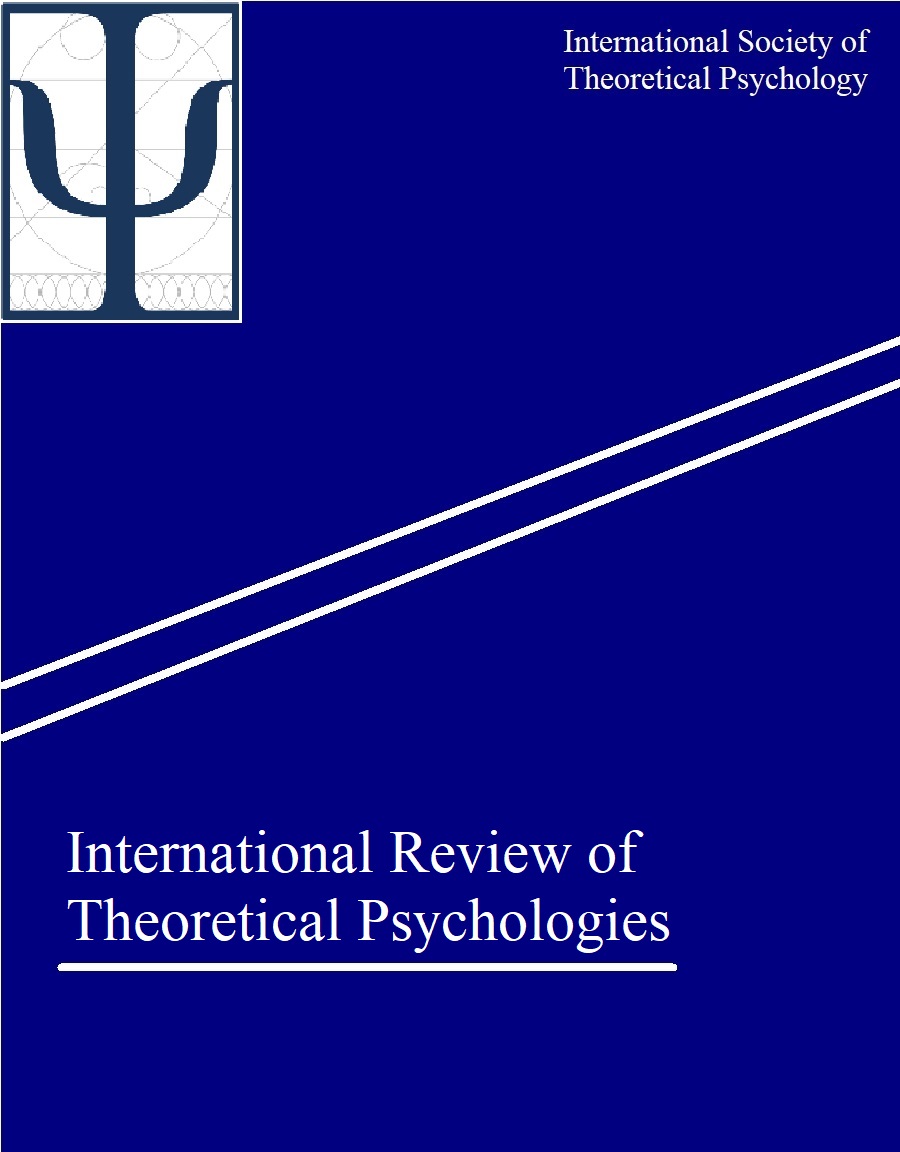Time at a Standstill
Some Remarks on Acceleration and Subjectivity
DOI:
https://doi.org/10.7146/irtp.v1i1.127075Keywords:
experience of the present, acceleration, history, modernityAbstract
From an experiential point of view, acceleration is a space-shrinking and a time-stressing phenomenon. Assuming that this phenomenon has reached a decisive pervasiveness in late modernity, so that it has become determinative of social relations in general, a question about its impact on the structure of experience and of the subject of experience bears a double signification: on the one hand, it concerns temporality, i.e., the structure of the experience of time, and, on the other hand, it concerns historicity, that is, the structure of the experience of historical time. I suppose that the development of this question requires examining the structure of the experience of the present, given that acceleration may be considered at first sight as an intensive experience of the present. But, then, an examination of the structure of the experience of the present is deeply rooted in the structure of the present itself. So, my argument relates three concepts: experience, present, and acceleration, the latter according to the double effect in which this phenomenon appears (space shrinking and time-stressing).
Downloads
Published
How to Cite
Issue
Section
License
Copyright (c) 2021 Pablo Oyarzun R.

This work is licensed under a Creative Commons Attribution-NonCommercial-ShareAlike 4.0 International License.
IRTP operates based on a non-exclusive publishing agreement, according to which the journal retains the right of first publication, but authors are free to subsequently publish their work. The copyright of all work rests with the author(s).
All content published in IRTP is licensed under a Creative Commons Attribution-NonCommercial-ShareAlike 4.0 International license (CC BY-NC-SA 4.0). This license allows authors and readers to share and adapt content for non-commercial purposes, provided that they abide by the following terms:
- Give credit to the original author(s)/creator(s) and attribution parties (i.e., IRTP);
- Provide a link to the original source, to the extent practicable;
- Include the copyright notice and/or indicate the corresponding Creative Commons license;
- Indicate what, if any, adaptations were made to the original; and
- Share adapted content under the same license as the original.
Authors are encouraged to familiarize themselves with the various Creative Commons licenses. Readers are advised to consult the licensing information embedded in each published work to ensure that they are familiar with the terms of use that apply.





